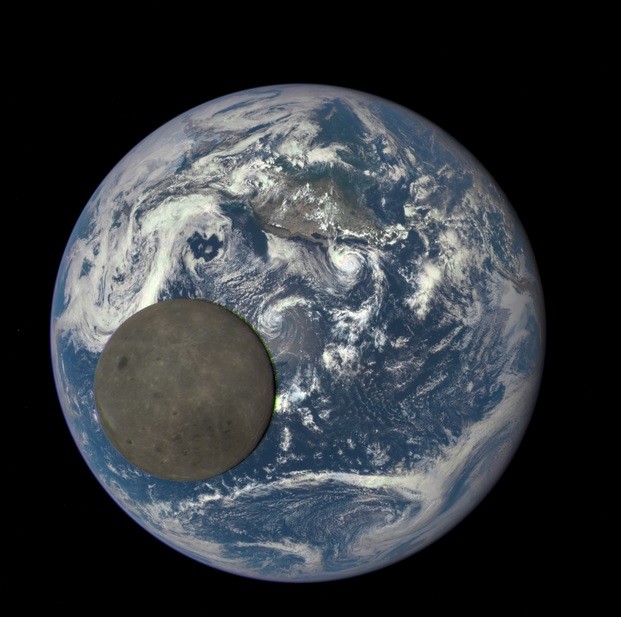Many of us already know that Earth appears to be like a giant blue marble in NASA photos, now, the space agency can provide daily selfie updates of Earth online.
On Monday, NASA launched a new website that features new photographs showing full views of the sunlit side of the Earth, on a daily basis taken by NASA's Deep Space Climate Observatory (DSCOVR) probe, located some 1 million miles away from the planet.
Everyday, NASA will post a series of photos and color images of Earth captured some 12 to 36 hours earlier by the probe's EPIC (Earth Polychromatic Imaging Camera) camera.
Apart from featuring spectacular images of Earth taken at the center, the website also presents a diagram of the position of the planet according to the sun during its rotation. There is also a slideshow of these images to view the Earth rotating or users can view the planet via GIF. The site also reveals a treasure trove of archival EPIC images.
NOAA (National Oceanic and Atmospheric Administration) in partnership with NASA, collaborated with the DSCOVR mission in order to keep up with space weather when it comes timelines and accurate updates. Apart from weather and atmospheric forecasts and updates, scientists can also study the planet's changes such as vegetation, the ozone and aerosols, including cloud height and reflectivity on a daily basis.
EPIC is composed of a CCD camera with a power of 4 megapixels and telescope in one. The camera captures a series of 10 photos using a variety of filters in order to produce different images via red, green and blue channels to produce color photographs.
EPIC's resolution is between 6.2 to 9.4 miles which means observing any stellar objects or stars behind Earth in EPIC's photos is impossible since Earth appears such a bright object in space where images are taken using short exposures.
Every one of the images that are posted on the website are considered public domain where an epic timelapse video of Earth will be released soon.



























